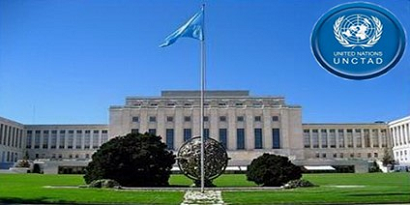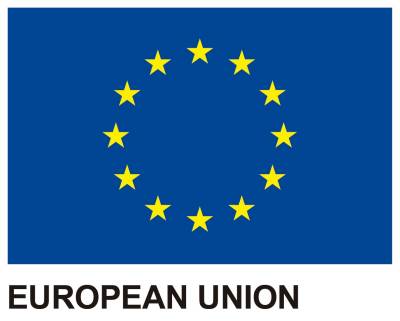Spain continues attracting foreign investment despite a worldwide slump

It received 44 billion dollars in foreign direct investment in 2018 compared to the 21 billion in 2017
According to UNCTAD Spain was the destination of more than double the foreign direct investment (FDI) in 2018 than in 2017. A total of 44 billion dollars entered the country (some 39 billion euros), compared to 21 billion the previous year. This increase of almost 110% is in stark contrast with the figures worldwide, which saw a drop of 13%, from 1.5 to 1.3 billion dollars. While average world FDI has been down for three years in a row, Spain is one of the few countries that has succeeded in bucking the trend.
According to the 2019 World Investment Report published by the United Nations Conference on Trade and Development (UNCTAD), Spain leaped from 16th to 8th place in the ranking of FDI receivers. The United States, China and Singapore continue to head the classification. They are followed by the Netherlands, United Kingdom, Brazil and Australia. In the European ranking, Spain is in third place ahead of France, Germany and Italy.
The investment figure captured by Spain thus returns to its 2008 levels, whereas the European continent as a whole has seen half its investments go up in smoke since 2017.
Repatriation of profits to the United States
The drop in investment flows towards Europe to their lowest levels in 15 years is a response to the tax reforms in the United States. Developed economies received 557 billion dollars in 2018, 27% less than the previous year, and have now seen three consecutive years of decline. While in 2017 the drop in investments were explained by a reduction in the value, although not in real numbers, of mergers and acquisitions, in 2018 the reason was the repatriation of the profits accumulated by US multinationals due to the tax reforms supported by Donald Trump.
In fact, the outflow of FDI from the United States fell by 364 billion dollars to a negative volume of 64 billion in net divestment, as opposed to investments of 300 billion in 2017. And it could have been worse. According to the report, the repatriation was concentrated in the first half of the year, and slowed slightly in the second. Meanwhile, outflows from Japan were also down – by 11% – but increased slightly in Europe.
In total, Europe received 172 billion dollars in FDI last year, exactly half of the year before. These abnormally low levels are expected to recover in 2019. For its part, the United States attracted 252 billion dollars (9% less), remaining comfortably at the head of the ranking, whereas Australia enjoyed an all-time high with growth of 40%.
Asia's leadership
By continents, Asia received the highest investment flows, consolidating its position as the main receiver of FDI with 512 billion dollars, 39% of the total. This figure represents an increase of 3.9% since 2017, when its investments accounted for 33% of the global total. The main growth in the region was recorded in China (both in continental China and Hong Kong), Singapore, Indonesia, India and Turkey.
One of the reasons underlying the attraction of investment in Asia is the proliferation of special economic areas. With 4,000 of the 5,400 existing in the world (2,500 of them in China), the continent attracts significant sums that are used particularly for building new industrial facilities and power generators.
In contrast, the outflows of investments from the continent fell by 2.5% in 2018 and remained at around 401 billion dollars. This decline was essentially due to the reduction in flows from China and to a lesser degree from Singapore. Those that grew, although not sufficiently to maintain the increase in flows from Asia, were investments from Saudi Arabia, United Arab Emirates, Turkey, Korea and Thailand.
Latin America and transition economies
The transition economies in Southeast Europe and the Community of Independent States received 28% less FDI in 2018 than the previous year. This fall was mainly concentrated in the CIS and Georgia – down 36% – whereas investment tripled in North Macedonia, and neighboring Serbia – with growth of 44% – became the second receiver in the region when it overtook Kazakhstan, which fell by 18%.
Latin America and the Caribbean are also taking time to recover. After the growth of 2017, which marked the end of several years of decline, FDI once again fell by 6% to 147 billion dollars in 2018. In contrast, Africa avoided the trend and increased its FDI flows by 11%.




